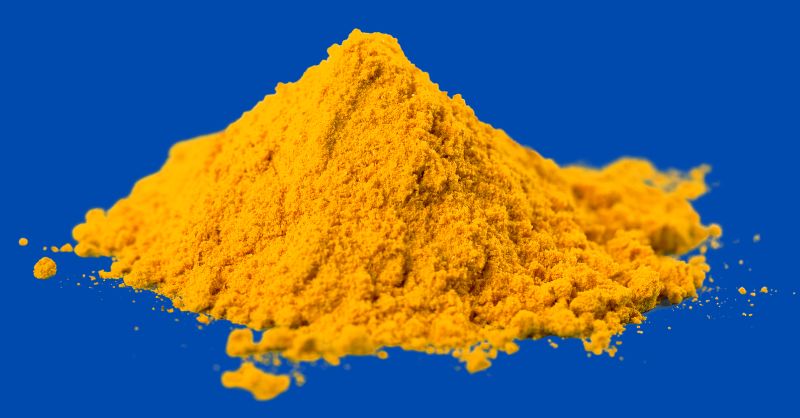Fabric Dyeing Chemicals: A Growing Market with Diverse Applications
08 August, 2023

The global fabric dyeing chemicals market is projected to grow at a CAGR of 5.5% from 2023 to 2028, to reach USD 28.8 billion by 2028. The growth of this market is driven by the increasing demand for colored fabrics in the apparel, home textiles, and industrial sectors.
Fabric dyeing chemicals are used to impart color to fabrics. They are classified into natural textile dyes, synthetic dyeing agents, and organic fabric dyes. Natural textile dyes are derived from plants, animals, or minerals. Synthetic dyeing agents are man-made chemicals. Organic fabric dyes are made from renewable resources.
The natural textile dyes market is the smallest of the three segments, but it is expected to grow at the fastest CAGR during the forecast period. This is due to the increasing demand for sustainable and eco-friendly products. Synthetic dyeing agents are the largest segment of the market, and they are expected to continue to dominate the market during the forecast period. This is due to their low cost and wide availability. Organic fabric dyes are a niche market, but they are growing in popularity due to their health benefits and environmental friendliness.
The apparel sector is the largest application segment of the fabric dyeing chemicals market. This is due to the high demand for colored fabrics in the apparel industry. The home textiles sector is the second largest application segment of the market. This is due to the increasing demand for colored home textiles, such as curtains, bed linens, and towels. The industrial sector is the third largest application segment of the market. This is due to the increasing demand for colored fabrics in the industrial sector, such as carpets, upholstery, and industrial fabrics.
The Asia Pacific region is the largest market for fabric dyeing chemicals. This is due to the growing demand for colored fabrics in the apparel, home textiles, and industrial sectors in the region. China is the largest market for fabric dyeing chemicals in Asia Pacific. The European and North American markets are also growing at a significant rate.
The key players in the fabric dyeing chemicals market are Archroma, Huntsman, Kiri Industries, DIC Corporation, and Dow Chemical Company. These companies are engaged in the research and development of new fabric dyeing chemicals, and they are expanding their global footprint to meet the growing demand for these products.
The fabric dyeing chemicals market is a competitive market. The key players are competing on the basis of product innovation, price, and customer service. The market is expected to remain competitive during the forecast period.
Here are some of the key trends in the fabric dyeing chemicals market:
- Increasing demand for sustainable and eco-friendly products is driving the growth of the natural textile dyes market.
- The development of new synthetic dyeing agents with improved properties, such as low toxicity and high color fastness, is driving the growth of the synthetic dyeing agents market.
- The growing demand for organic fabric dyes in the apparel and home textiles sectors is driving the growth of the organic fabric dyes market.
- The expanding global footprint of the key players is driving the growth of the global fabric dyeing chemicals market.
Here are some of the challenges in the fabric dyeing chemicals market:
- The high cost of natural textile dyes is a challenge for the growth of this market.
- The stringent regulations on the use of synthetic dyeing agents in some countries is a challenge for the growth of this market.
- The lack of awareness about the benefits of organic fabric dyes is a challenge for the growth of this market.
Overall, the fabric dyeing chemicals market is a growing market with diverse applications. The key players in this market are engaged in the research and development of new products, and they are expanding their global footprint to meet the growing demand for these products. The market is expected to remain competitive during the forecast period.
